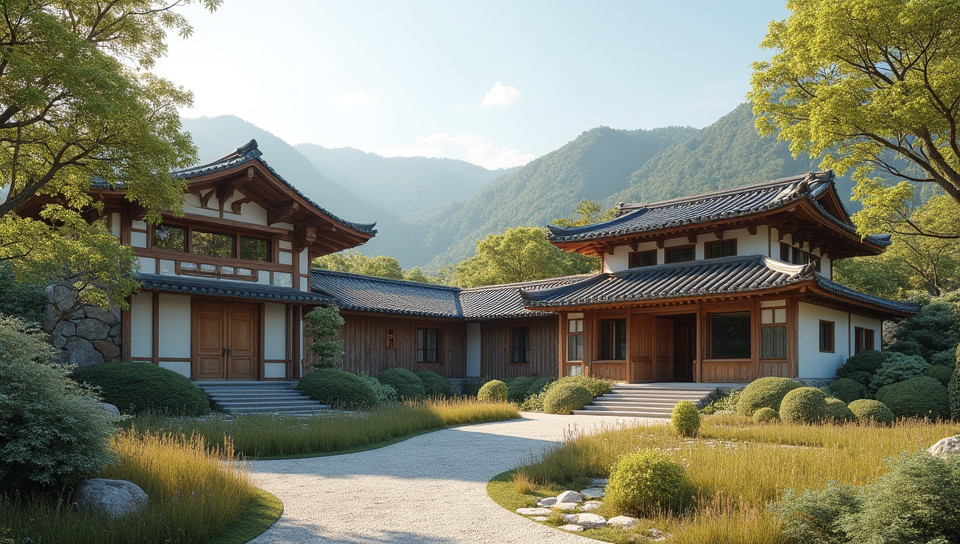Traditional buildings do not contribute to environmental degradation 34%

The Unsung Heroes of Sustainability: Why Traditional Buildings Deserve Our Appreciation
In an era where modernity and technological advancements are often touted as the solution to environmental degradation, it's easy to overlook the humble, yet remarkable, traditional buildings that have stood the test of time. These structures, crafted with care and precision by skilled artisans, have been a cornerstone of human civilization for centuries. However, their significance extends far beyond their aesthetic appeal or historical value; they also play a crucial role in mitigating environmental degradation.
Sustainable Materials and Energy Efficiency
Traditional buildings are often constructed using locally sourced materials that require minimal processing and transportation, resulting in lower carbon footprints. For instance:
- Natural fibers like bamboo, wood, and plant-based composites are used for roofing, flooring, and insulation.
- Earthy materials such as adobe, rammed earth, and cob are employed for walls and construction.
- Traditional architecture often incorporates passive solar design principles to minimize the need for artificial lighting and heating.
Climate Resilience and Adaptability
Traditional buildings have evolved over time to adapt to local climate conditions, demonstrating a deep understanding of environmental dynamics. This intrinsic knowledge allows these structures to:
- Withstand extreme weather events like earthquakes, hurricanes, and floods.
- Regulate indoor temperatures through clever use of ventilation, shading devices, and insulation.
- Utilize natural cooling systems like evaporative cooling and windcatchers.
Timeless Design and Minimal Waste
Traditional buildings often embody a design philosophy that values simplicity, durability, and minimalism. This approach not only reduces waste but also:
- Encourages the reuse and recycling of materials.
- Fosters a sense of community through shared spaces and public areas.
- Creates a timeless aesthetic that defies fleeting trends.
Conclusion
As we continue to grapple with the challenges of environmental degradation, it's essential that we recognize the unsung heroes of sustainability: traditional buildings. By embracing these structures' inherent values of sustainability, climate resilience, and timeless design, we can learn valuable lessons about living in harmony with our environment. Let us celebrate and preserve these architectural gems, not only for their historical significance but also for their profound contribution to a more sustainable future.
- Created by: Andriy Savchenko
- Created at: Dec. 19, 2024, 12:04 p.m.
- ID: 16783







